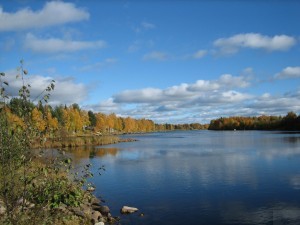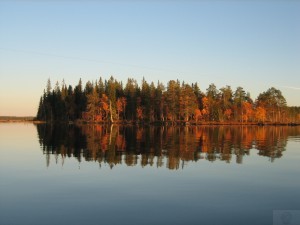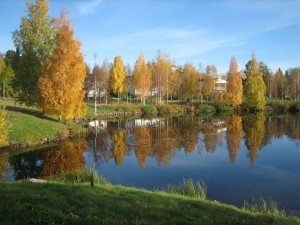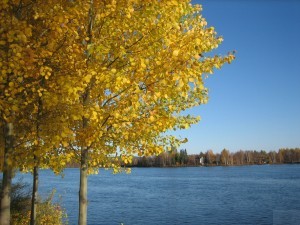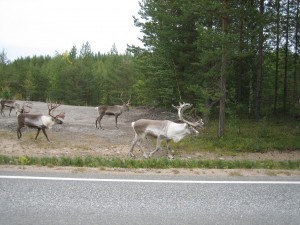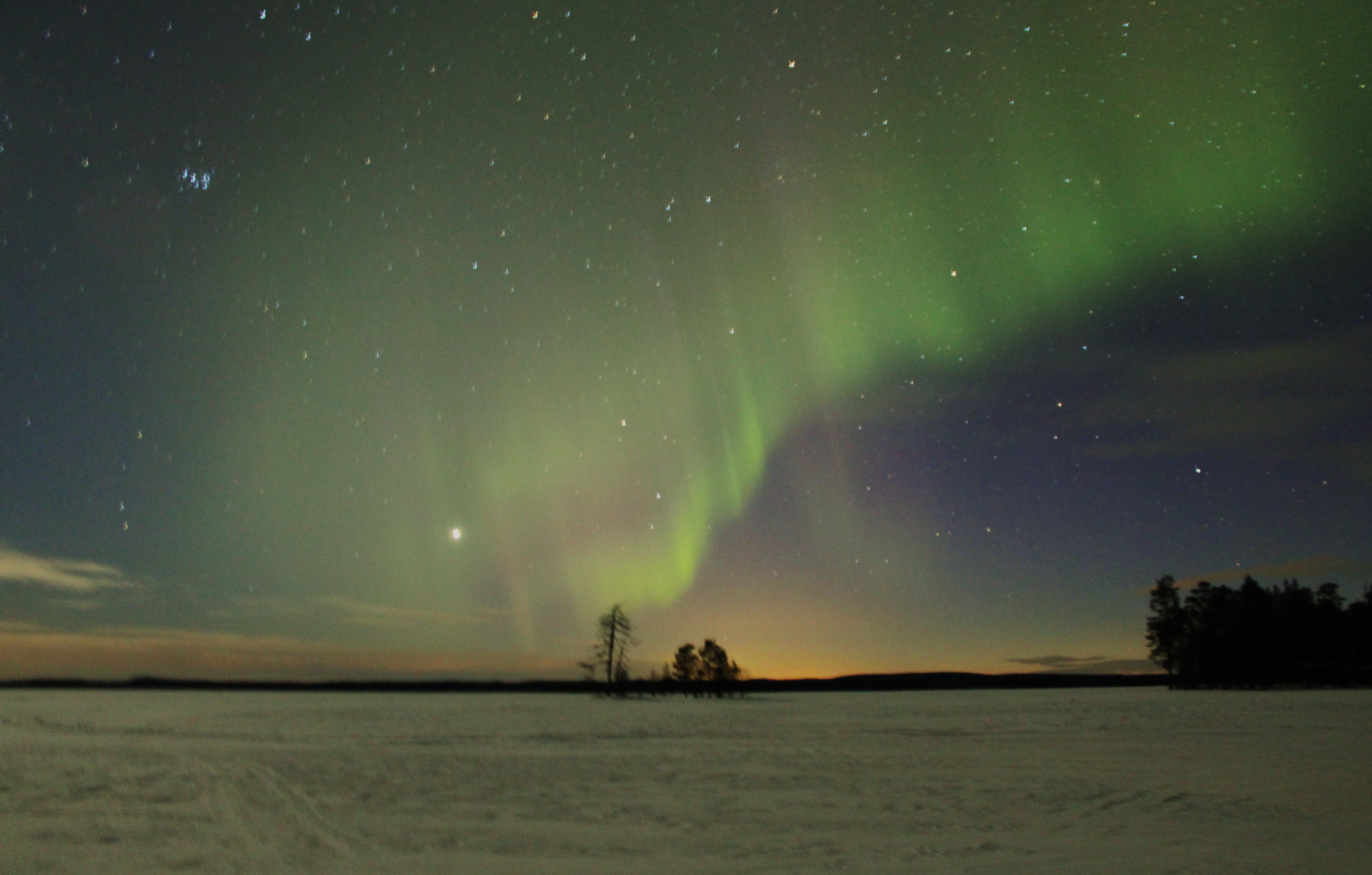In autumn in Lapland the days get shorter, rain raises the water levels of rivers, lakes and swamps, and the cooling weather helps to form a misty cloud cover over the waterways. The vibrant autumnal shades of the ruska period is a sign of nature making its preparations for the coming winter.
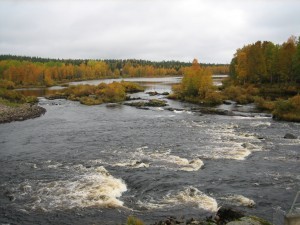
In Lapland the period in early autumn when all the leaves of plants and trees turn into a yellow, red and orange colour they call Ruska.
Ruska intensifies day by day in early September as the nights get cooler from swamps to fell highlands. The colourful splendour is at its most spectacular around the middle of September, and sometimes at the end of the month.
T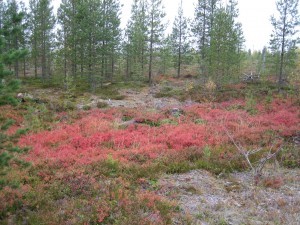 his phenomenon starts when the daylight hours decrease and the weather gets colder. Plants start to prepare for the long winter, the chlorophyll starts to move from the leaves into the branches, trunk and roots and this makes the colour cells in the leaves glow. The more the night-time temperatures fall below zero and the drier the weather, the more vibrant the array of colour. The birch turns a gentle shade of yellow, aspen turns red, and the leaves of blueberry and bog bilberry shrubs turn bright red.
his phenomenon starts when the daylight hours decrease and the weather gets colder. Plants start to prepare for the long winter, the chlorophyll starts to move from the leaves into the branches, trunk and roots and this makes the colour cells in the leaves glow. The more the night-time temperatures fall below zero and the drier the weather, the more vibrant the array of colour. The birch turns a gentle shade of yellow, aspen turns red, and the leaves of blueberry and bog bilberry shrubs turn bright red.
Many people like to come to Lapland from i.e. the south of Finland to admire the ruska by hiking in the forests and on the fells. Here you find information of how to join a ruska-trip to Lapland. And here is another travel agency’s offer.
Some of our birds migrate to warmer climates when autumn comes, but the local birds have to survive the cold of winter. During the autumn, squirrels store pine cones in the ground safely out of the reach of woodpeckers. The stoat and fox are also very good at hiding things.
Some animals take a winter rest, hibernation and wake up again in the spring when the sun once again provides warmth and nutrition becomes available. The bear, badger and raccoon dog hibernate during the winter. During the autumn, these animals accumulate a layer of fat under their skins that their bodies use for nutrition through the long winter.
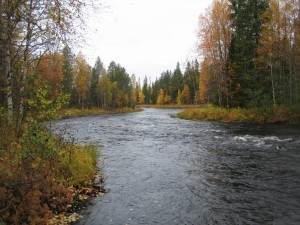 In the autumn in Lapland you can fish in fluvial waters, lakes and marine areas. The provincial fish, the salmon may still be fished from the lakes. Before departing on a fishing trip you should check legal matters and statutes from the Ministry of Agriculture and Forestry website Lure fishing may be practiced on state-owned lure and recreational fishing regions. You can fish on private waterways without needing to pay the provincial lure fishing fee, but you must receive permission to fish the waters from the owner of the waterway. Private, joint permit region waterways like these are, for instance located on the Tornionjoki, Ounasjoki and Lower Kemijoki rivers. You need a permit to practice lure fishing.
In the autumn in Lapland you can fish in fluvial waters, lakes and marine areas. The provincial fish, the salmon may still be fished from the lakes. Before departing on a fishing trip you should check legal matters and statutes from the Ministry of Agriculture and Forestry website Lure fishing may be practiced on state-owned lure and recreational fishing regions. You can fish on private waterways without needing to pay the provincial lure fishing fee, but you must receive permission to fish the waters from the owner of the waterway. Private, joint permit region waterways like these are, for instance located on the Tornionjoki, Ounasjoki and Lower Kemijoki rivers. You need a permit to practice lure fishing.Reindeer herding in Lapland is based on year’s cycle that nature determines. The heat or mating season is in October. The male reindeer gather then a herd of female reindeer or does around him and at this time of the year there are large herds of reindeer also moving around on the roads. So there is a reason to be careful when driving. The female reindeer then carries the calf until the late spring. The calves are born in May and start to walk already a couple of hours after they are born.

